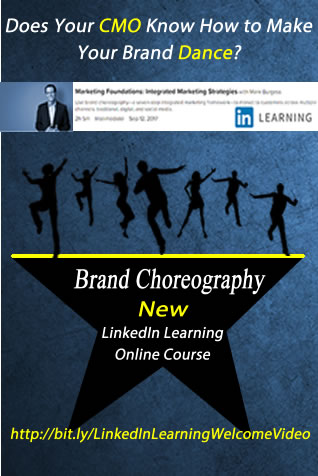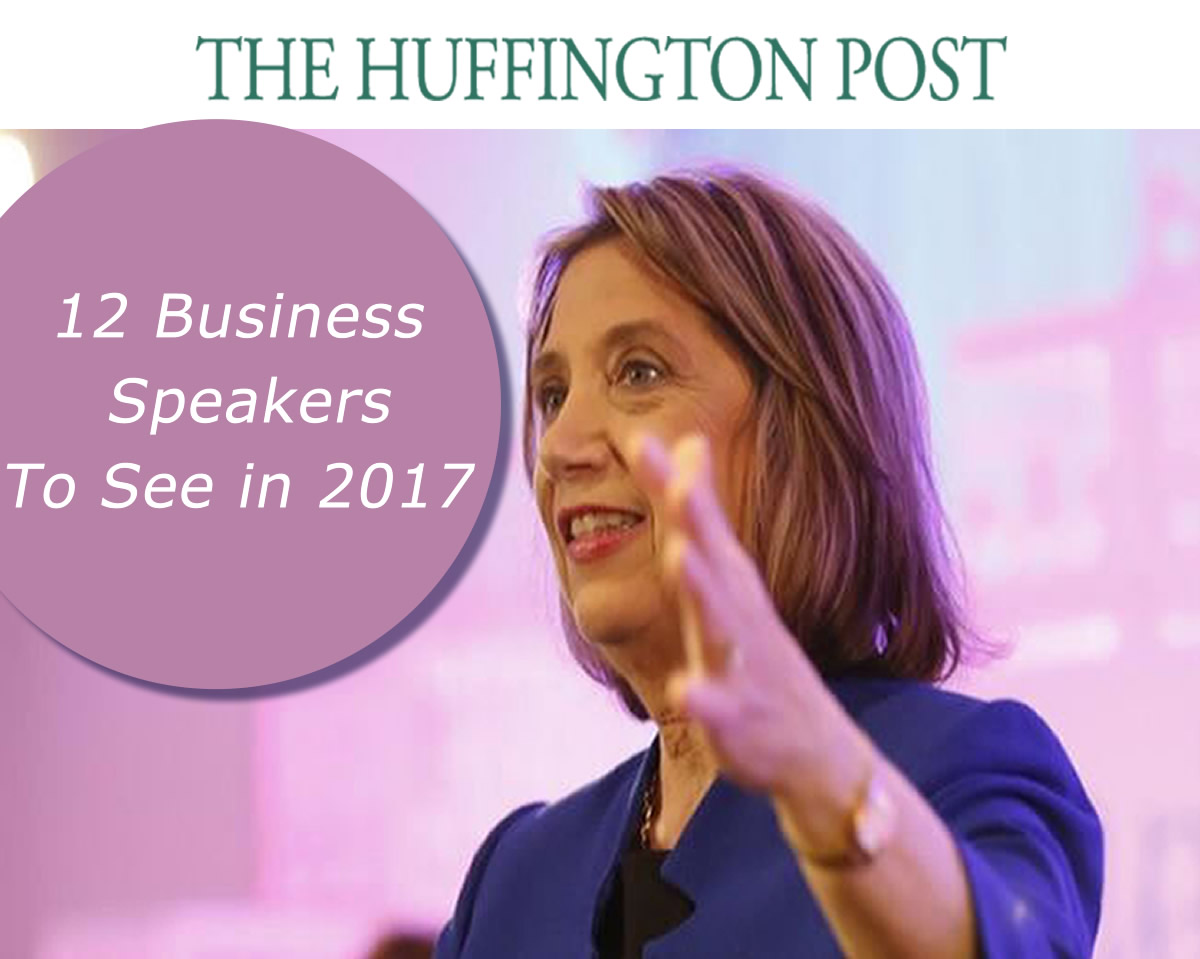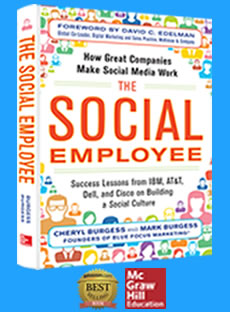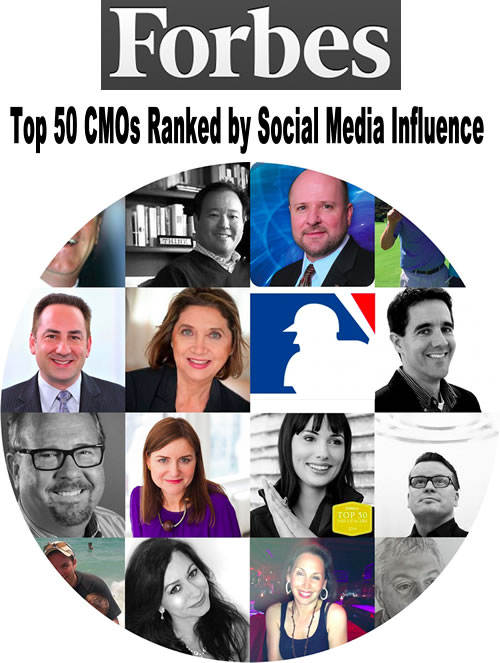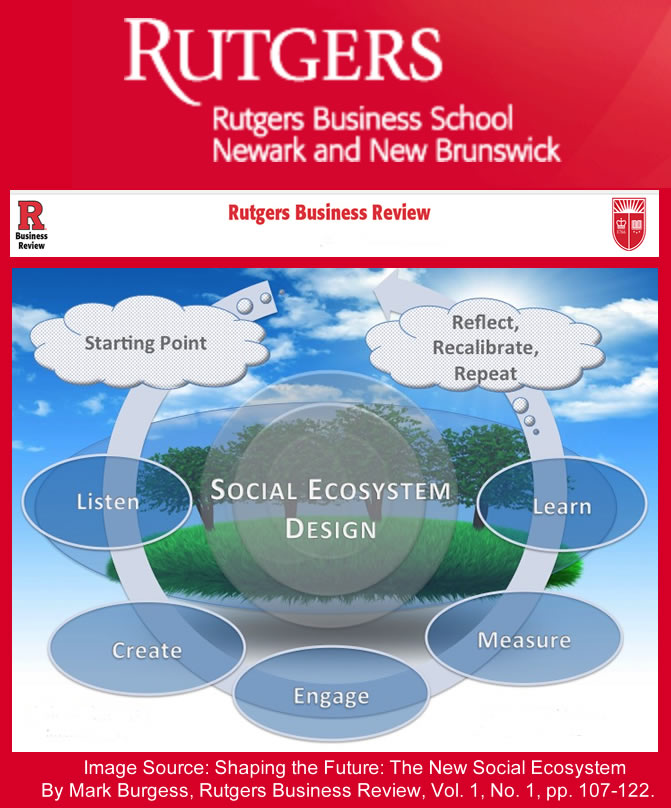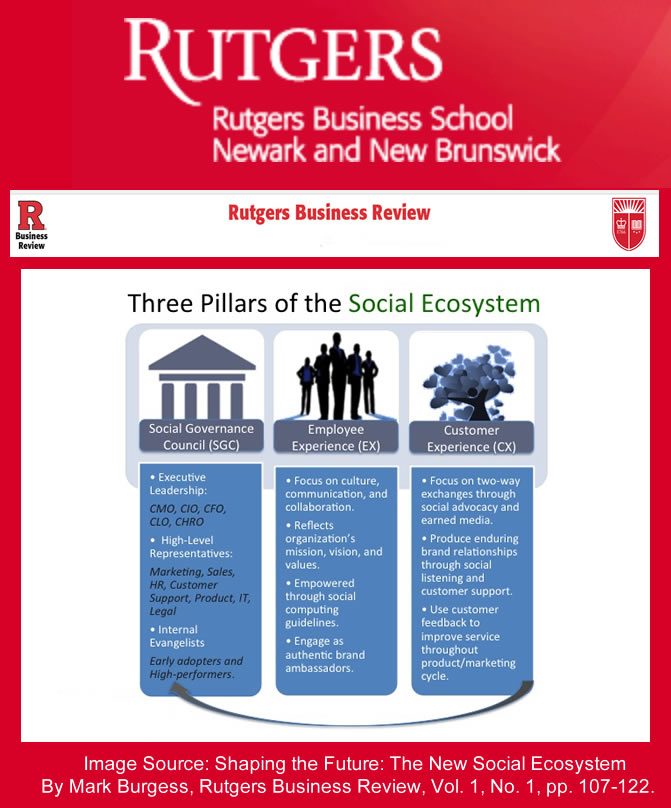Social employee advocacy is taking off. According to Altimeter, 90 percent of brands are either already pursuing or are currently planning some form of social employee advocacy. That’s not just a trend; that’s a revolution.
But does every brand need social employees? What about entrepreneurs, consultants, or freelancers? What about B2B organizations whose clientele is largely absent from social channels?
Joined by social business thought leaders Tom Peters (@tom_peters), David Edelman (@davidedelman), and Kevin Randall (@KevinBrandall), Mark Burgess (@mnburgess) and I addressed these questions and more during our recent appearance on Wharton’s (@WhartonFOA) Marketing Matters radio show on Sirius Radio. During the lively conversation, host Catharine Hays fielded some great questions from callers. Here are a couple highlights.
The Blurred Line Between Personal and Professional
 The first caller discussed some of the problems she’s been having building a personal brand on social media. Through her education and training, she’s learned that putting her authentic self out there is an important part of building her personal brand. However, she’s experienced difficulties navigating the different rules of friending, following, and otherwise connecting across different platforms like Facebook. Essentially, she understands that she needs to represent both herself as an individual and a professional, but she is having trouble striking the right balance.
The first caller discussed some of the problems she’s been having building a personal brand on social media. Through her education and training, she’s learned that putting her authentic self out there is an important part of building her personal brand. However, she’s experienced difficulties navigating the different rules of friending, following, and otherwise connecting across different platforms like Facebook. Essentially, she understands that she needs to represent both herself as an individual and a professional, but she is having trouble striking the right balance.
Mark Burgess addressed the question first by discussing the value of a LinkedIn profile. Facebook and Twitter both have value for engagement, but a LinkedIn profile can add a bit of a buffer between the blurred line between the personal and the professional. For those who want to connect with their client base but want to maintain professional boundaries, this can be a good way to.
In the big picture, part of this question boils down to what you do and how you need to connect with clients in your field. While there may be some overlap, it’s important to define your personal and professional space on social media. A professional page on Facebook can be incredibly valuable—especially for a B2C brand—but clients, fans, or stakeholders as friends may swing the pendulum a little too far to the personal side of things. Twitter is a more open field, where people don’t have to be friends to interact. And while people can connect on LinkedIn, professionals can also share content publicly as well.
Perhaps the trick is knowing which elements of yourself will help to bolster your brand. As David Edelman suggested later in the show, when sharing content or engaging as a professional, don’t be bland. Let every piece of content stake out a particular perspective. By bringing yourself into the content you share, you are maintaining a professional persona at all times while also sharing the unique identity driving those perspectives.
Social for Everyone?
Another caller discussed working for a small, 250-person B2B firm where their client base wasn’t especially active on social media. His question was pretty straightforward: If the target customers aren’t online, is there any benefit to encouraging his workforce to go social?
First, I addressed the question about company size, stressing that even small firms stand to benefit from social employee advocacy—sometimes more so. And to drive this point home, Mark brought up the story of Domo (@Domo) from our book The Social Employee (McGraw-Hill, 2014), in which a small company gave its employees a social adoption mandate—which contributed tremendously to the company’s rapid growth in just a few short years.
When considering whether or not your customers are social, it’s also important to remember that social tools aren’t just for external engagement. Social tools and processes can help employees interact with each other—not just with customers—which can ultimately lead to better lead generation and client management, leading to a deeper brand relationships and a more loyal client base.
David Edelman also had a practical response to this question: Test everything first. Don’t assume that your clients aren’t active on social media. Instead, listen and learn. Find out what people are posting in your business category. See who is engaging and how often, and then see what happens when you try to make inroads into those conversations. In Edelman’s experience, he’s often been surprised by the robust social activities of clients that wouldn’t appear to have any need.
The key is to listen and find a social application that makes sense to your brand and its goals. Social media is about choosing your own adventure and seeing what works for you. It could become a key element of your marketing strategy, or it could become a useful internal communications tool. But chances are there’s an application for both you and your business.
Thanks again to Wharton and Catherine Hays and Jerry Wind for having us. It was truly a blast! Check out Wharton’s Marketing Matters SiriusXM Channel 111 Radio Show. Click here.


